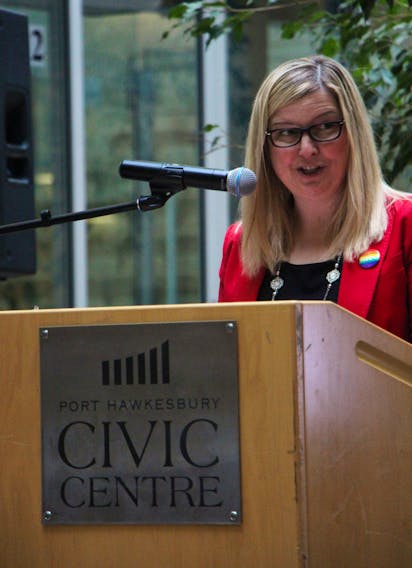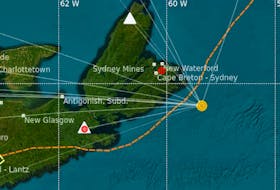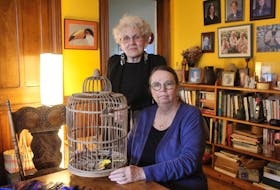The province’s municipalities could benefit from more women in leadership roles and more collaboration.
That’s the message delivered at a late afternoon session Thursday on successful partnerships between municipalities and First Nations during the second full day of the Nova Scotia Federation of Municipalities conference in Halifax.
Two Strait-area mayors promoted a school to encourage women from 16 municipalities and First Nations to learn about and consider running for local government at the municipal or First Nations level.
“We do have wonderful campaign schools that are typically hosted in HRM,” said Brenda Chisholm-Beaton, mayor of Port Hawkesbury, where the school will be hosted on May 1 and May 2.
Chisholm-Beaton said the Halifax schools are "inaccessible to many women" because of family commitments and travel barriers.
Chisholm-Beaton said the course will focus on municipal and band politics because the typical schools that teach about federal, provincial and local politics all at the same time can be intimidating.
“The advantages in collaborating with our First Nations women is that they can run for band council elections and they can also run for municipal elections. Another advantage is that wouldn’t it be wonderful to learn more about First Nations local government, how is it structured, how does it work.”
That knowledge can then be used in other collaborative projects with First Nations, she said.
“It leads to a greater level of understanding,” Chisholm-Beaton said. “Bringing all of those women into the room, it’s just like we want to invite inclusive curiousity.”
The mayor said participation in politics can range from volunteering to attending council meetings, to working in a campaign or running for office.
“Statistically, when we look at the realities right now in all of our participating 16 communities, there are fewer women participating around council tables in our six indigenous communities than around our municipal council tables.”
She said it will be important to ask why that reality exists and what can be done to create a more enabling environment for more women to envision themselves in leadership roles and how that vision can be supported to become a seat at the table.
Chisholm-Beaton said it’s important to have inclusivity of gender, age and race playing leadership roles in municipalities and First Nations.
“Wouldn’t it be wonderful to get to a point in time where we don’t have to worry about balance and inclusivity anymore and then we just have a leadership school and we don’t have to qualify it.”
Chief Terry Paul, the elected leader of the urban and progressive Mi’kmaq community of Membertou near Sydney in Cape Breton, said “everyone benefits when we work together.”
Paul bemoaned how long the land additions to reserves process takes.
“In some cases it can take up to three to five years to add land to the reserves and we miss opportunities because of that,” said Paul. “The government process, particularly the federal process, is slow at best. What this does is stop our ability to grow commercially and residentially.”
Paul said when municipalities and First Nations work together, community barriers are broken down and business and employment opportunities are created.
Paul said the Membertou band employs anywhere from 500 to 750 people at different times of the year.
“Of those employees, over 60 per cent are non-indigenous. Those non-indigenous people pay taxes, they buy houses, they buy goods like anybody else. We are a big contributor to the economy.”
Paul said Mi’kmaq communities and non-indigenous municipalities all bring something different and valuable to the table.
“When we work together, we have access to more resources and we also have the ability to create meaningful nation-to-nation partnerships that I hope will last for generations to come.”
He said it has been found that municipalities that exist in close proximity to First Nations communities have higher levels of success.









